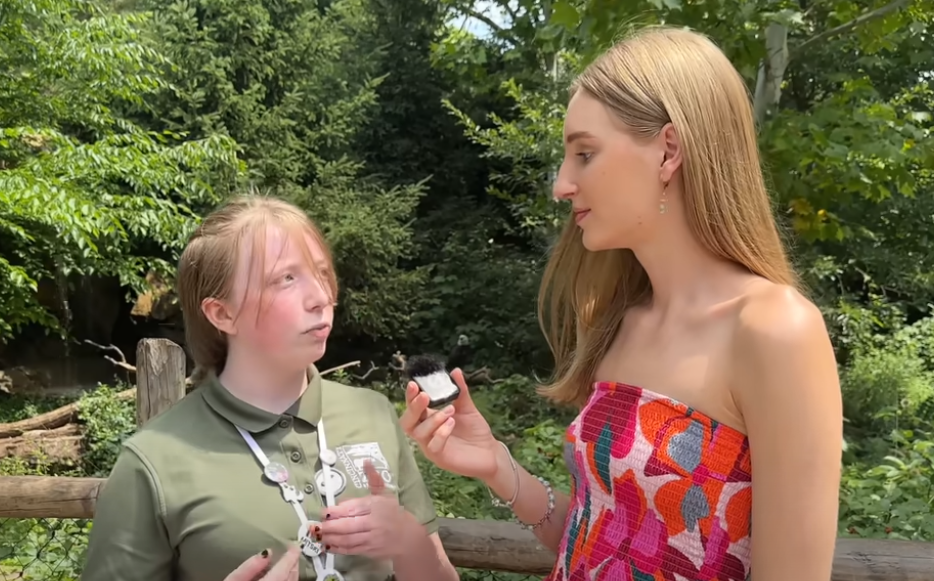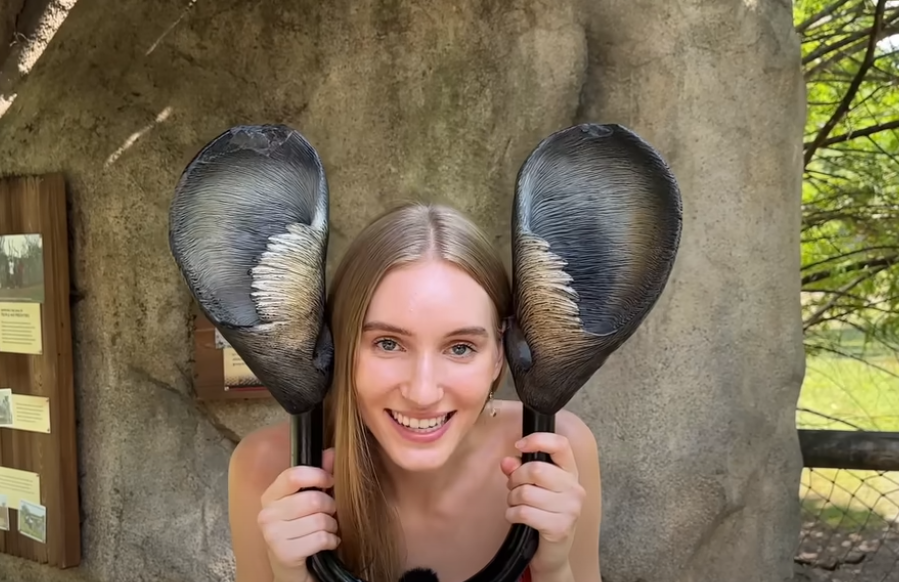Teaching English can take many forms beyond the traditional classroom setting. One of the most exciting and engaging ways to help learners connect with the language is through real-life experiences—and what better place than the zoo? Teaching English at the zoo offers a unique opportunity to combine language learning with exploration, curiosity, and fun. It allows students to use vocabulary in context, develop speaking and listening skills, and learn through hands-on experiences. In this article, we’ll explore why the zoo is an ideal environment for teaching English, how to plan an effective lesson there, and some creative activity ideas to make the most of the experience.

Why the Zoo Is a Great Place for Learning English
A zoo is a rich learning environment filled with visual, auditory, and sensory stimuli. For English language learners (ELLs), this kind of immersive experience helps make new vocabulary and sentence structures more memorable. Here are a few reasons why the zoo is perfect for English teaching:
- Real-World Context: Learners can connect vocabulary to real animals and environments, making learning more meaningful. Instead of just reading about a lion or elephant, they see it, hear it, and talk about it in real-time.
- Interactive Environment: The zoo offers natural prompts for conversation. Learners are encouraged to ask and answer questions, describe animals, read signs, and follow directions—all in English.
- Multisensory Learning: Seeing animals, hearing their sounds, reading signs, and interacting with guides and teachers creates a full-body learning experience.
- Fun and Motivation: Most learners, especially children, find the zoo exciting and fun. When students are engaged and enjoying themselves, they’re more open to absorbing and using new language.

Preparing for the Trip
Before heading to the zoo, preparation is key to a successful English lesson. Here’s how to set up a meaningful experience:
- Pre-Teach Vocabulary
Introduce common zoo-related vocabulary before the trip. Include animal names (e.g., lion, giraffe, zebra), animal body parts (tail, paw, fur), habitats (jungle, desert, ocean), and action verbs (roar, swim, climb, eat). - Practice Useful Phrases
Teach simple questions and answers like:
- “What animal is that?”
- “Where does it live?”
- “What does it eat?”
- “Can it fly/swim/climb?”
- Distribute Worksheets
Create worksheets with pictures, matching exercises, and blank spaces for students to fill in at the zoo. This will give them a purpose while exploring. - Set Goals
Let students know what they should focus on. For example, they might need to learn five new animal names, describe three animals in full sentences, or complete a short interview with a classmate.

Activities to Do at the Zoo
Here are some engaging activities that make the most of a trip to the zoo while reinforcing English skills:
1. Scavenger Hunt
Give students a list of animals or features to find. Example list:
- An animal that sleeps a lot
- An animal that flies
- An animal with stripes
- An animal from Africa
Students can check off the list and write or say a sentence about each animal they find.
2. Interview an Animal
Ask students to imagine interviewing an animal. They write down or record a pretend conversation using English. For example:
- Student: “What do you eat?”
- Giraffe: “I eat leaves from tall trees!”
Later, they can present their “interview” to the class.

3. Describe and Guess
One student describes an animal using English, and another guesses which animal it is. Example:
- “It’s big, grey, and has a long trunk.”
- “Is it an elephant?”
This builds vocabulary and speaking confidence.
4. Reading Signs and Maps
Students read information signs in English and try to answer questions like:
- Where does the panda live?
- What does the tiger eat?
- How many hours does the sloth sleep?
This helps improve reading comprehension in a real-world setting.
5. Create a Zoo Diary
Ask students to keep a diary of their visit. They write about the animals they saw, what they learned, and how they felt. For example:
“Today I saw a penguin. It was swimming very fast. I learned that penguins cannot fly, but they are good swimmers. I loved watching them play in the water.”
Post-Zoo Classroom Activities
Back in the classroom, follow up with activities that reinforce what they experienced at the zoo:
- Story Writing: “Write a short story about your favorite animal at the zoo.”
- Presentations: “Give a short presentation about one animal you saw.”
- Art and Language: Draw an animal and label its body parts in English.
- Group Discussion: “Which animal did you like best? Why?”
These activities encourage students to reflect on their visit while practicing their language skills.

Tips for Teachers
Here are some tips to make your zoo-based English lesson successful:
- Keep Groups Small: Small groups help students stay focused and give everyone a chance to speak.
- Use Visual Aids: Bring flashcards or photo sheets to reinforce vocabulary on the spot.
- Encourage Speaking: Gently push students to speak English as much as possible, even if they make mistakes.
- Be Flexible: The zoo is a busy, sometimes noisy place. Adapt your lesson plan to the environment.
- Safety First: Make sure students understand safety rules and stay with their group.
Teaching Different Age Groups
- Young Learners: Use songs, chants, and animal sounds. Keep instructions simple and make it fun.
- Teenagers: Include more reading and writing activities, and let them use mobile phones for research and photos.
- Adults: Focus on conversation, reading detailed signs, and perhaps comparing animals from different countries or cultures.
Final Thoughts
Teaching English at the zoo is a fantastic way to combine education with excitement. It transforms a traditional English lesson into an unforgettable experience. By immersing students in a vibrant, real-world setting, you help them absorb language naturally, improve their confidence, and enjoy the process of learning. Whether you’re teaching kids their first English words or helping adults improve their fluency, the zoo is full of inspiration, stories, and language opportunities waiting to be explored. So next time you’re planning an English lesson, think outside the classroom—think zoo!



